AEROSPACE
Immersive Technologies and Aerospace.
Applications Of Augmented Reality And Virtual Reality in The Aviation, Space, And Defense Industries
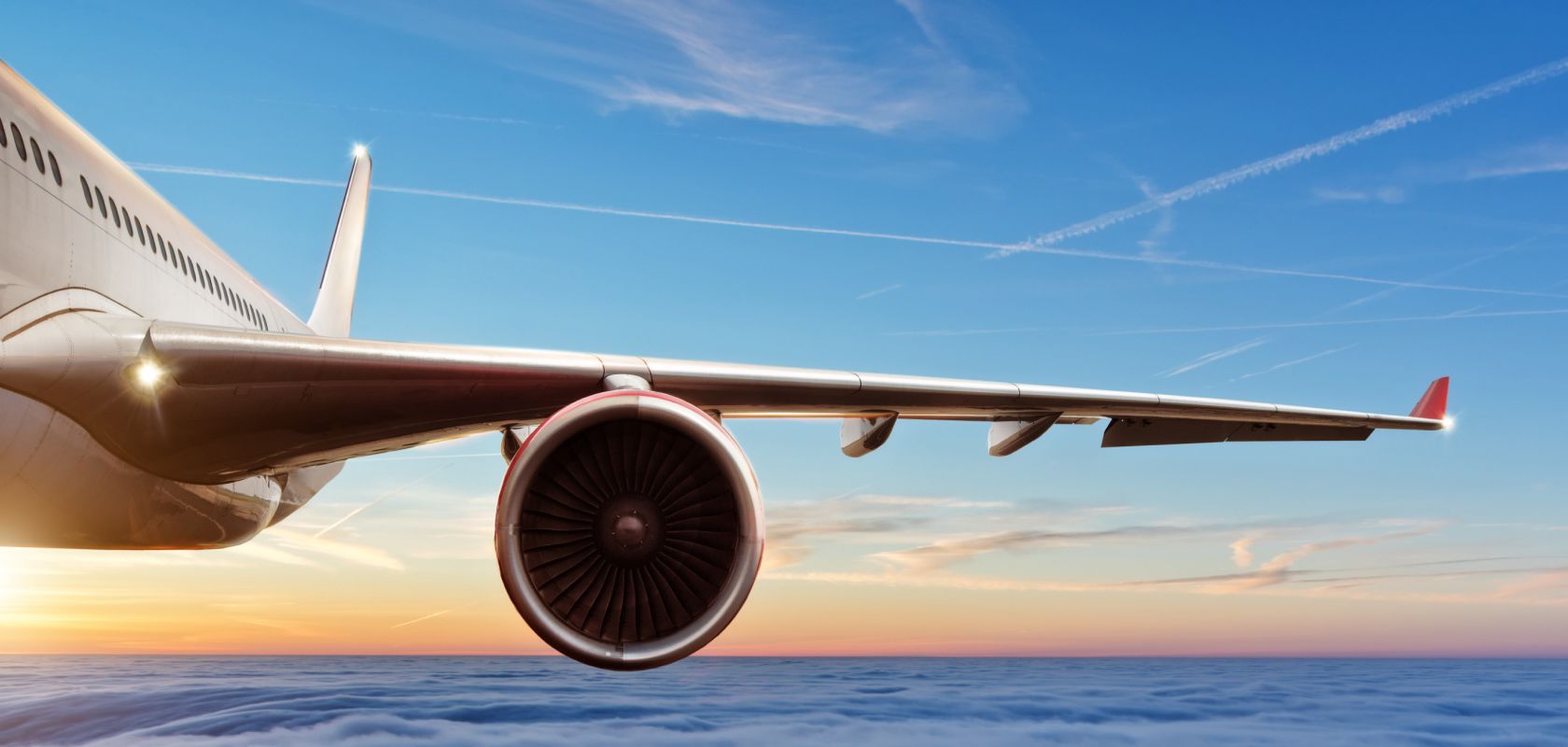
Immersive technologies, encompassing augmented reality (AR) and virtual reality (VR), are revolutionizing the aviation and aerospace industries. AR and VR apps are being deployed to improve a range of workflows, including research and operations. For instance, AR and VR have introduced displays of navigation systems, air-traffic control, weather, terrain, and airspace information in the commercial aerospace industry. With the advent of the metaverse narrative, there is no doubt these technologies will advance adoption in the aerospace industry further.
Augmented reality in the aerospace industry
AR has become a critical technology within the aerospace industry. It has been applied in engineering teaching, satellite manufacturing, pilot training and remote maintenance assistance.
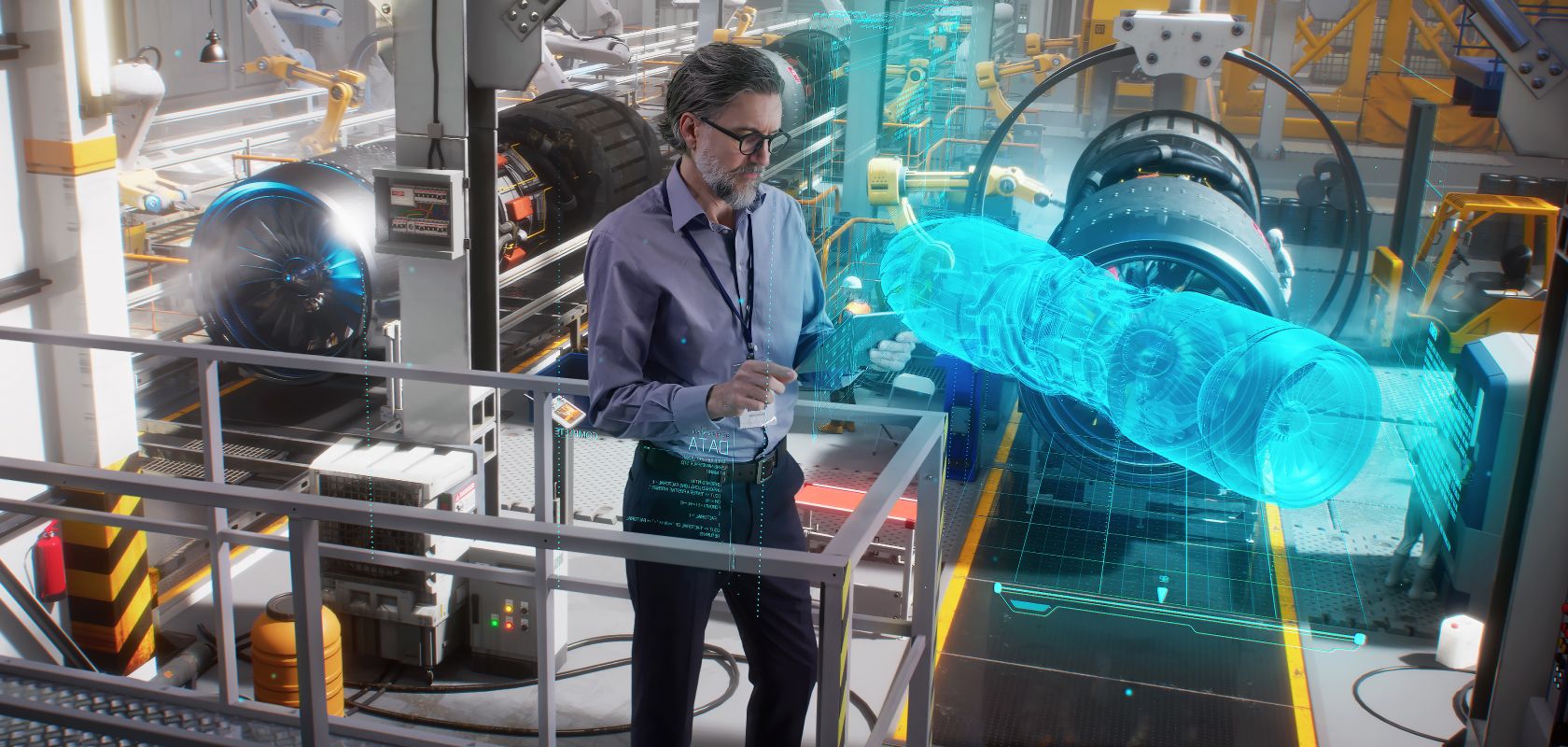
Augmented reality at a glance
AR is an immersive technology that allows the superimpositions of virtual objects in the reality experienced by the user. It combines real and virtual elements visualization through devices like smartphones and tablets. One of the main attributes of augmented reality, is is that this superimposition of digital and physical realities occurs in real-time. In recent years, AR has significantly evolved and has become a critical technology enabling growth and efficiencies of business globally.
Platform and system design
Aerospace engineers and designers have used AR for the early stages development of platform designs. This immersive technology has allowed them to generate prototypes and design manufacturing projects for new products faster and more efficiently.
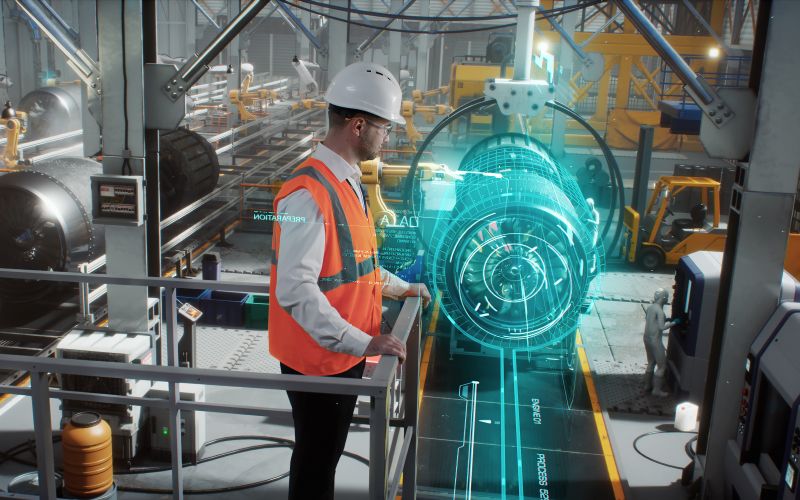
Training
Augmented reality has been used to train pilots and astronauts. For instance, NASA has used AR to train NASA astronauts on space station repairs. Through AR devices, astronauts have managed to inspect, maintain, and assist different locations of space stations.
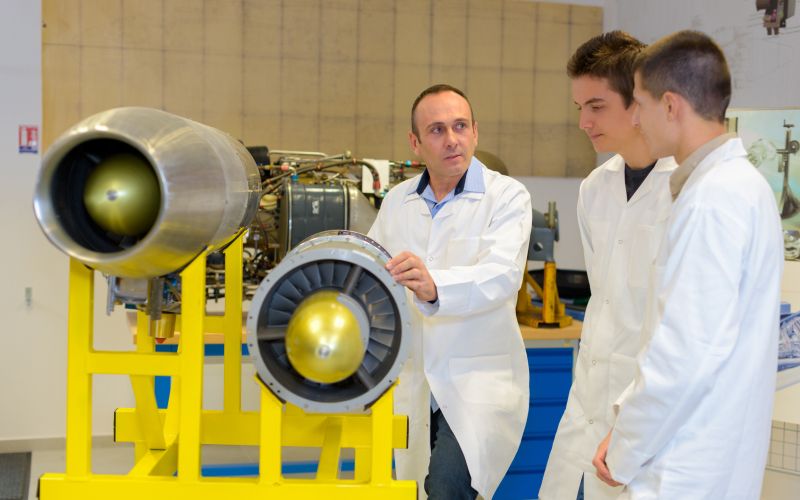
Engineering support
In aviation, AR has been used to improve pilots’ assistance in case of emergencies.
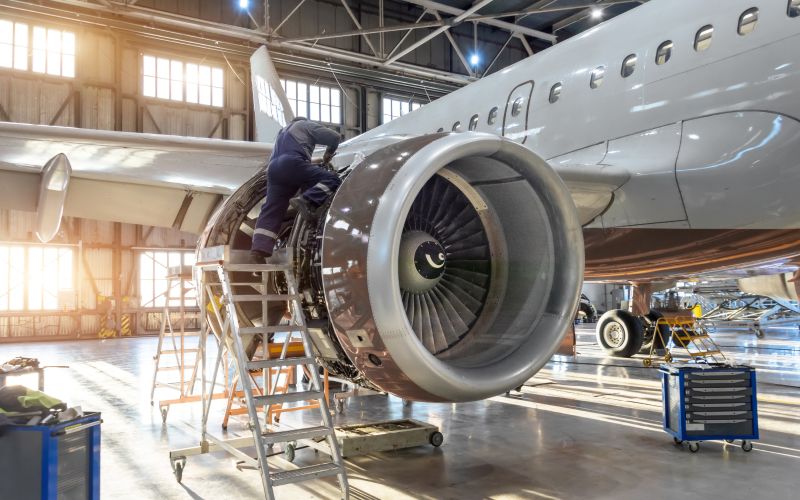
Exploration
AR has been used in the defense sector to do intelligence and develop new opportunities for military exploration in various territories.
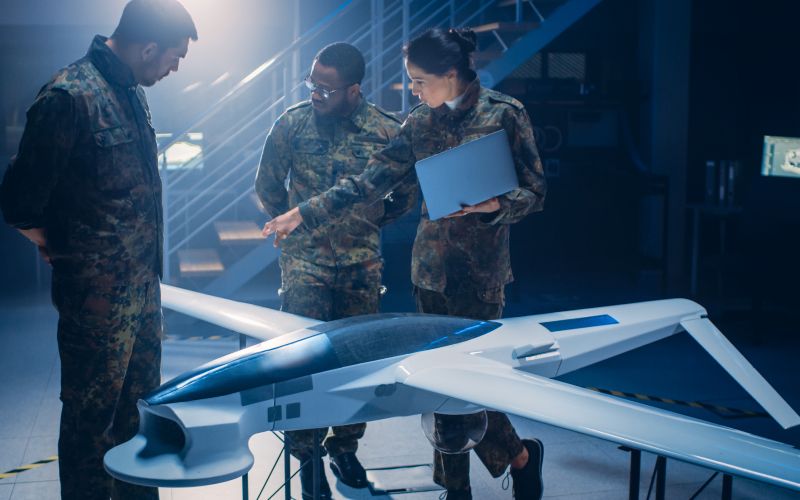
The role of virtual reality in the aerospace industry
Virtual reality plays a central role in the scientific advancement and growth of the aerospace industry. Like AR, VR has served aerospace engineers for platform and system design, pilot and astronaut training, engineering support, and military exploration and intelligence.
Virtual reality at a glance
VR is an immersive technology that allows you to create and experience virtual spaces with life-like environments, objects, and people. These virtual worlds are manufactured using computer technology and provide the user with the feeling of being immersed in a reality different from his own, through VR wearables devices like the Oculus Rift or the HTC Vive. VR generates an entirely immersive experience that is critical in training initiatives, system design and creation, and mission support in the aerospace industry.
Virtual reality applications in the aerospace industry
VR as a learning tool for aerospace engineers
VR has become an effective learning tool for aerospace engineers. Within the safe confines of a virtual environment, they can learn critical skills to manage issues inherent to space.
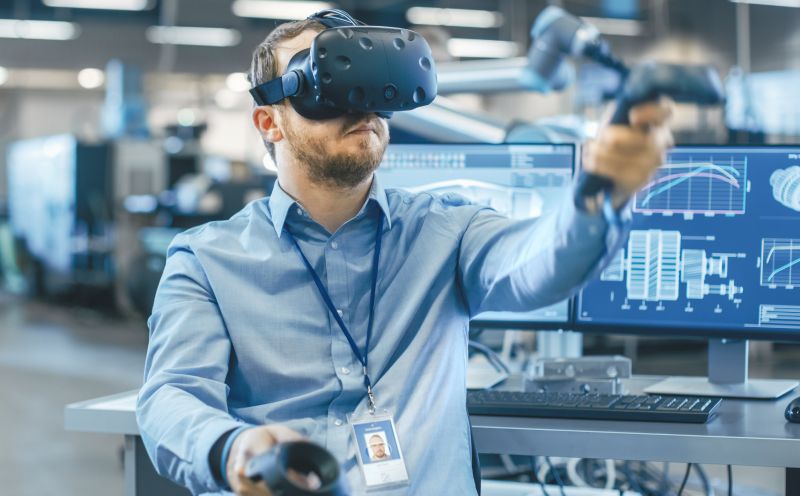
Design and manufacturing
Many corporations and research institutions have been utilizing virtual reality for flight deck design, accessibility verification, and assembly planning. For instance, engineers can develop essential aviation parts and systems by utilizing VR environments that simulate a cabin or functions of a jet.
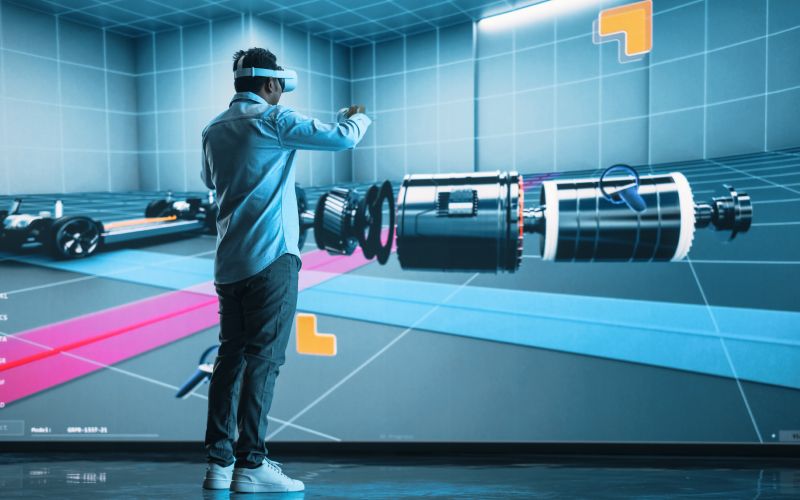
Training
VR facilitates the training of flight crews and aerospace engineers. Additionally, astronauts, pilots, and crews can access simulations to manipulate devices, lead operations and acquire practical knowledge to perform their duties correctly. By developing VR-based learning processes, aerospace corporations can also save on training costs.
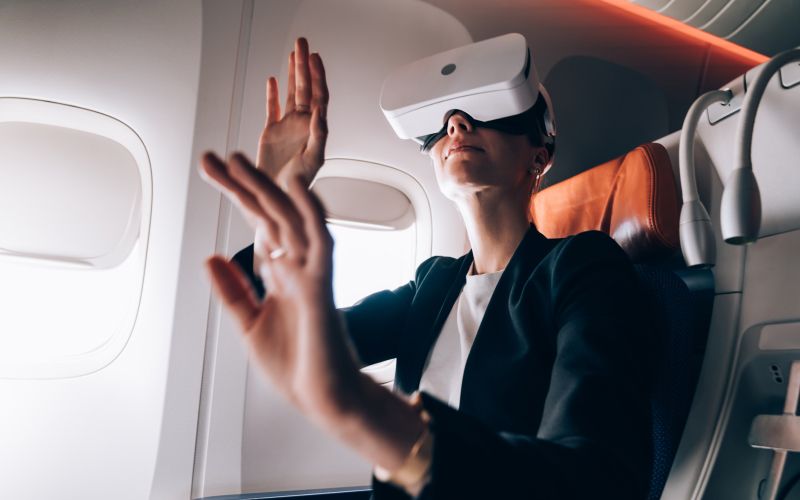
Maintenance assistance
Virtual reality can greatly benefit maintenance operations and increase efficiency. Maintenance teams utilize virtual reality simulations to help them carry out their functions faster, more effectively and safer.
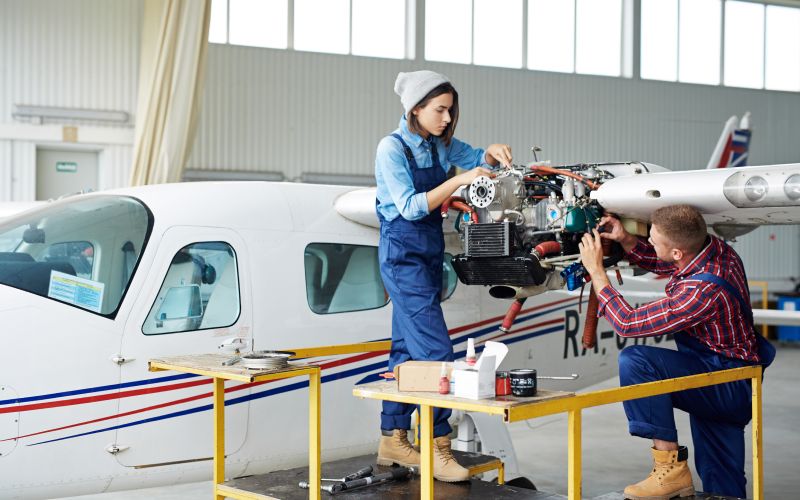
Passengers' entertainment
Commercial airlines have begun using VR systems to enhance the flight experience for their passengers. During flights, passengers afraid of flying can be entertained with VR headsets and be in a more relaxing environment. For example, Air France has used virtual reality to entertain passengers who feel anxious and are afraid of flying, greatly benefiting the flight experience.
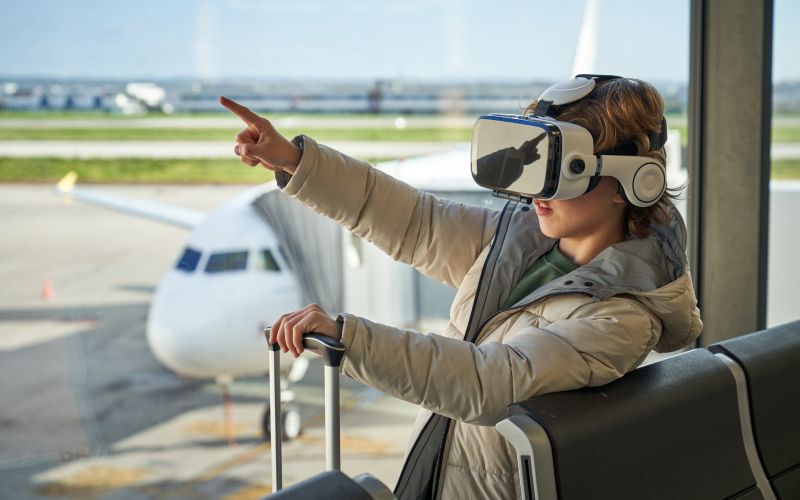
Takeaway
Immersive technologies, such as AR and VR, positively impact industry and business. For example, AR and VR have been used in the education, health care, security, and fashion industries to elaborate new products and strengthen relationships with partners and customers. Today, immersive technologies are benefiting the aerospace industry by creating new opportunities for design and production, training, maintenance, and user experience innovation.